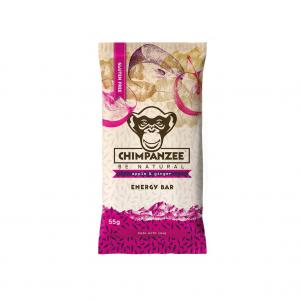Malic acid (Malic acid)
Other names: Malic acid, E296, hydroxybutanedioic acid
Harm score: 1 (Natural substances)
Malic acid is an organic acid that occurs naturally in many fruits, especially cider, hence its name. Its other names are malic acid, E296 and hydroxybutyric acid. It has clear crystals and a characteristic sour taste. In commercial production it is obtained synthetically, specifically by the action of succinic acid on acetaldehyde.
Malic acid is widely used in industry, particularly in the food and cosmetics industries. In food production it is used as a preservative and pH stabiliser, but also for flavour enhancement. It adds a sour taste to products such as beverages, candies, jellies and jams. It also has the ability to bind water, thus improving the consistency of products. In the cosmetics industry, it is used for its exfoliating properties, i.e. its ability to remove dead cells from the surface of the skin and thus promote new cell growth. It can therefore be found in various skin peels, masks or lotions. In the pharmaceutical industry, it is used as an excipient in some drugs. Malic acid is also a component of some cleansers and polishes.
Malic acid (Malic acid) can be found in the following products
